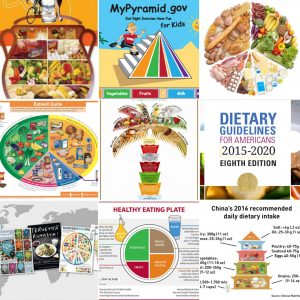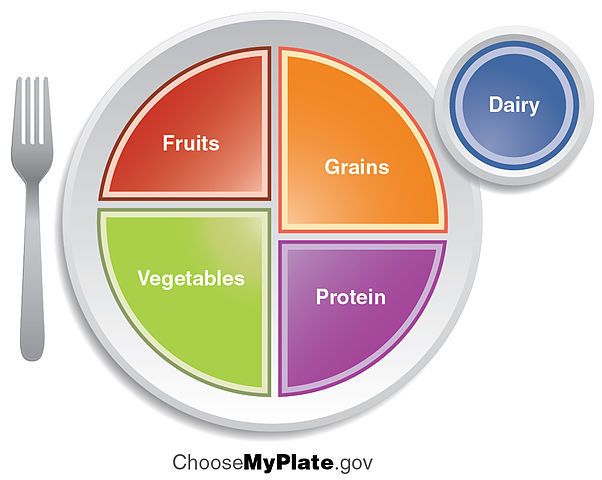My recent studies online included an introduction to government dietary guidelines.
They sound quite dry, right? Maybe because the word ‘government’ and ‘guidelines’ in the same sentence have that effect…possibly.
Government Dietary Guidelines one assumes were created to help us, the people in various countries, balance our diet so we get the necessary nutrients and stay well nourished.
The Food and Agricultural Organisation of the UN (FAO) also adds that they are there to help combat disease especially in the face of globalisation which has meant diets and lifestyles have changed significantly.
They contain advice on what to eat, how much and how, as well as often having key messages about being healthy.
Here are some useful things I noticed on my internet travels.

# 1. In some cases, (e.g. USA) I find the accompanying ‘toolkits for professionals‘ almost more practical and useful than the actual guidelines (as beautiful presented as they are). They are simple and easy to read, and actionable. I have downloaded some and plan to use them at home.
# 2. Some countries have huge documents that seem more suited to nutrition experts rather than the general public. Others, including Brazil and Japan, have great creativity in getting their messages across.
# 3. Japan’s number one guideline is “enjoy your meals”. They are so on top of their game! The guidelines are all, by and large, extremely similar, albeit with some cultural and local food variances (seen in the content and design).
They all advocate plenty of fruit and vegetables, lots of whole-grains, some fish, meat in moderation, dairy if you choose, plenty of water, and minimal processed foods. Many add some exercise, recognising the connection between exercise, food and health.
This similarity could be because they all followed the same model from another country, or indeed from the FAO or WHO which has regional dietary guidelines (often the way policy is made!), or because the research in each country is coming out with the same conclusions.
# 4. These guidelines are science-based and count on the guidance of international organisations like FAO and WHO, and yet before I started studying nutrition, I had hardly heard of them. I haven’t seen them in gyms, health shops, schools or restaurants. I passively got a lot more information from the media on ‘fad’ diets than from UK government guidelines.
Are governments better at nutrition expertise than marketing and supporting implementation?
# 5. Non of the guidelines ban any foods; the encourage lesser or greater consumption, but never ban foodstuffs (unlike many diets which do tend to ban certain foods).
I guess it’s easy to get people on board a diet with a more extreme message. My intuition tells me though that an approach of moderation is probably better.
Final thought, I guess as with any government policy, politics always comes into play, and compromises are always made, meaning you can’t please everyone all the time; as Time magazine point out.
I put some of the visuals on a Pinterest to help me see them and make comparisons more easily.
https://www.pinterest.com/keithohare/government-dietary-guidelines/
Useful references
https://en.wikipedia.org/wiki/List_of_nutrition_guides#cite_note-31
http://www.fao.org/nutrition/education/food-dietary-guidelines/regions/en/
And for the kids
http://kidshealth.org/en/kids/carb.html
And for the geeks 🙂
https://www.visionlearning.com/en/library/Biology/2/Carbohydrates/61

